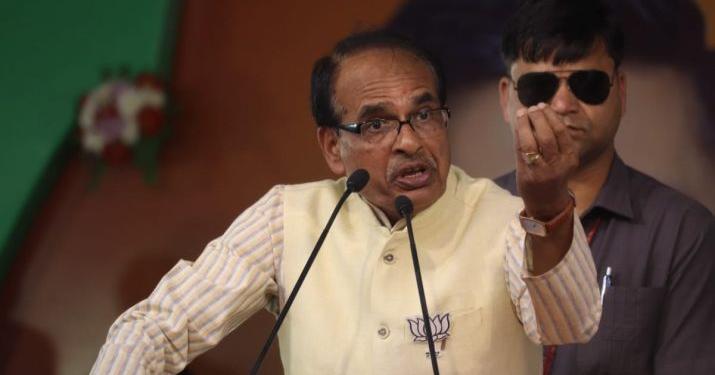The results of the assembly elections in 5 states especially of Madhya Pradesh and Rajasthan have left the Political Pundits with a ton of explanations to do. In both the states, Congress ends up being the largest party. Although Bharatiya Janata Party did not get the mandate in these states, the difference between the vote share of BJP and the Congress is minimal. The difference of vote share between Congress and BJP is 0.2 per cent in Rajasthan and 0.1 per cent in Madhya Pradesh. Also, a large number of voters opted NOTA (None of the above) over voting for any political party.
In Madhya Pradesh, the difference between BJP and the Congress is of 5 seats. As a matter of fact, there are in total 11 seats in MP where BJP’s margin of defeat is less than that of NOTA’s vote share. Around 1.5 percent of the total voters went for the ‘none of the above’ in Madhya Pradesh.
In Madhya Pradesh, NOTA got the highest number with 4,15,342 votes. It is clear that anti-BJP forces were successfully able to ensure a number of voters switching over to NOTA who would have otherwise voted for the BJP. Had the proportion of the voters choosing NOTA been substantially lesser, the results could have been quite different. The Congress and its ecosystem could have been compelled to celebrate a moral victory instead of getting to celebrate its victory in the assembly polls. Here, one might argue that these NOTA votes could have gone either way. But a careful analysis would suggest that most probably the BJP had to bear the brunt of a rise in the proportion of NOTA votes.
In Rajasthan elections, around 15 constituencies witnessed more votes in the favor of NOTA than the margin of victory of winning candidates. One common fact in these two states, Rajasthan and Madhya Pradesh, is the abrupt surge in the percentage of NOTA votes.
It would not be pragmatic to argue that all the NOTA votes would have gone in BJP’s favor. However, it is clear from the recent social media trends that a vast majority of those supporting NOTA as a voting option were disillusioned BJP supporters. Also, in 2017 Gujarat elections which BJP won, the NOTA voters were substantially high. There were around 21 seats in which NOTA’s vote share was more than that of the vote margins between the top two candidates. Interestingly, on 12 seats out of 21, BJP lost by a smaller margin than votes polled in the favour of NOTA. There is a clear sign that these voters, disenchanted with the BJP rule, did not consider Congress as an option either and went in the favour of ‘none of the above’.
All these arguments hint towards the fact that voters may or may not like BJP but they surely do not consider Congress as an option. This is not for the first time that the NOTA have turned out to be a bane for the BJP. Before this, the BJP had lost more than six seats because of ‘none of the above’ in the Karnataka assembly polls. It is clear that if considerable NOTA voters had voted for the Bharatiya Janata Party, the poll results would have been very different. These elections are a lesson not only for the Bharatiya Janata Party but also for the party supporters who may be feeling disenchanted on issues of temporary importance. The fact is that the Congress went on to win the elections as the chunk of BJP’s vote share went in the favour of NOTA.


































